It’s not just a is a great way to exercise both yourself and the pet but it’s also a unique method to bond with your pet having fun in nature. But, it’s essential to be sure to keep the security of your pets at the forefront of your thoughts at all moments. Like humans, dogs can tire quickly and could be at risk of overheating particularly in hot weather. Hazards on trails like uneven, steep terrain and wild animals can pose a risk for dogs. Here are five things to take into consideration before heading for your next hiking adventure:
1. Check that your dog is in good health to be able to walk

Be cautious and don’t bring animals along that aren’t suitable for hiking. If you consider aspects such as size, breed of the dog, personality, and age certain breeds of dogs are suitable for hiking. It is a strenuous exercise that shouldn’t be done by dogs that aren’t capable of handling the demands of the sport. The uneven and steep terrain can be dangerous and challenging for certain pets to traverse.
If you’d like to train your puppy to be able to carry some of the equipment used for hiking, train him beforehand. Begin by placing lighter backpacks on his back, taking short walks, and gradually building up to larger weights. A dog in good physical condition can carry 25 % of its body weight. 1 Talk to your vet and ensure that your pet (especially when he’s tiny) is physically fit enough to be able to walk and carry a backpack.
2. Dogs must be leashed on the designated trails
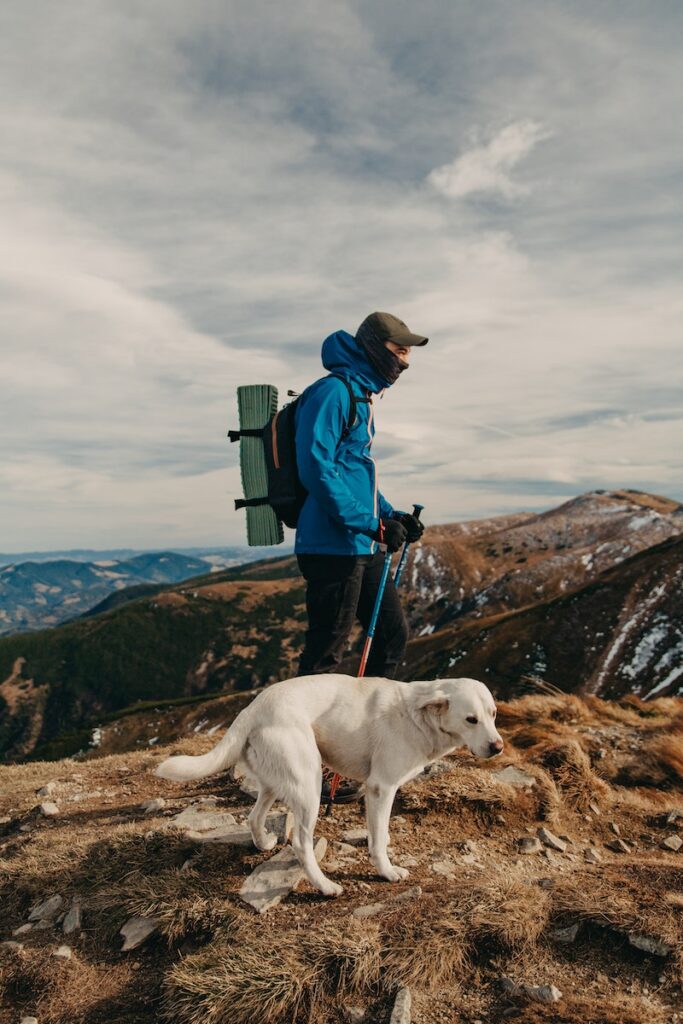
Make sure dogs are allowed on a trail before leaving. Be aware that a majority of national and state parks don’t allow dogs. 2 When planning your hike, conduct some research online or call the agency that manages it and inquire whether their trails are pet-friendly. Even if dogs aren’t mandated to be leashed by law, they should be kept on a leash, it’s an excellent idea to ensure they are leashed for their protection.
When you go hiking, be considerate of the other hikers and dogs and stay on marked trails. Be sure to keep your dog’s attention and do not let him wander away. Between wild animals as well as deadly snakes as well as even plants staying close to you can prevent accidents from happening.
3. Your dog should have frequent breaks during walking
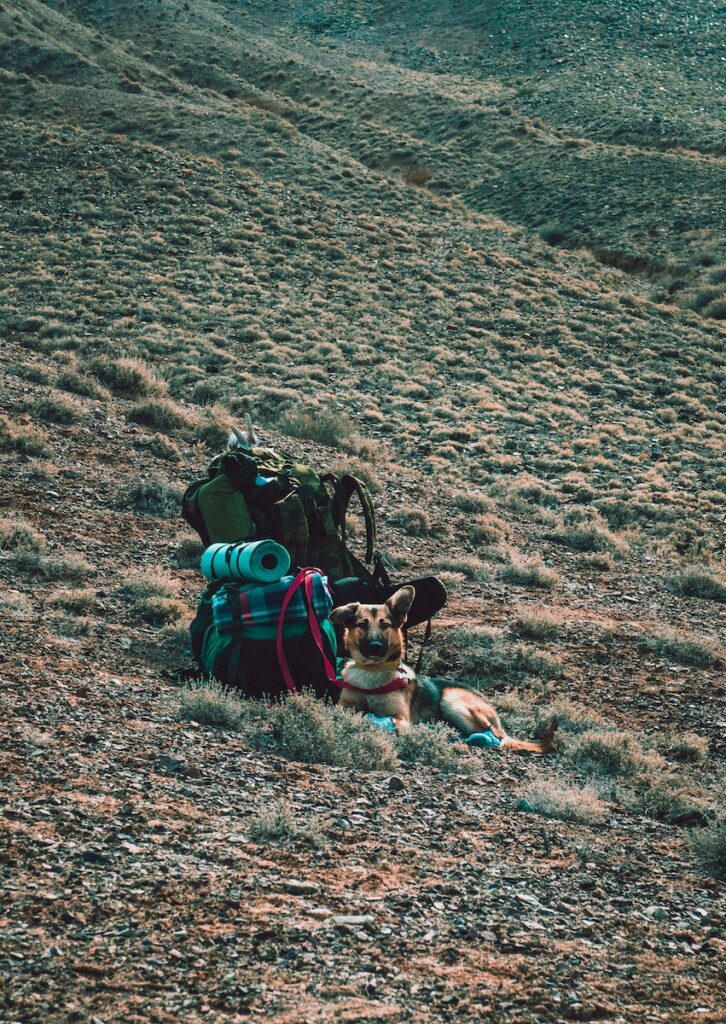
Be sure to stop often on the trail to give your dog water as well as occasional treats. When it is hot, bear on your toes that canines may be at risk of overheating. Don’t feed your dog just before or after a hike because they might be sick. Give them a meal at least 1 hour prior to or after the hike, and for 30 minutes following. 3
It is crucial to ensure that dogs are safe in the water source. Don’t let your dog take a dip in or drink water that is unsafe since he may get sick due to harmful parasites, or algae that can be found in the water. If you are hiking in remote areas and do not have access to clean, safe water, make sure you have plenty of water in bottles or bring a small water purifier that you can carry around.
4. Take care of your hiking surroundings and clean up your dog’s waste
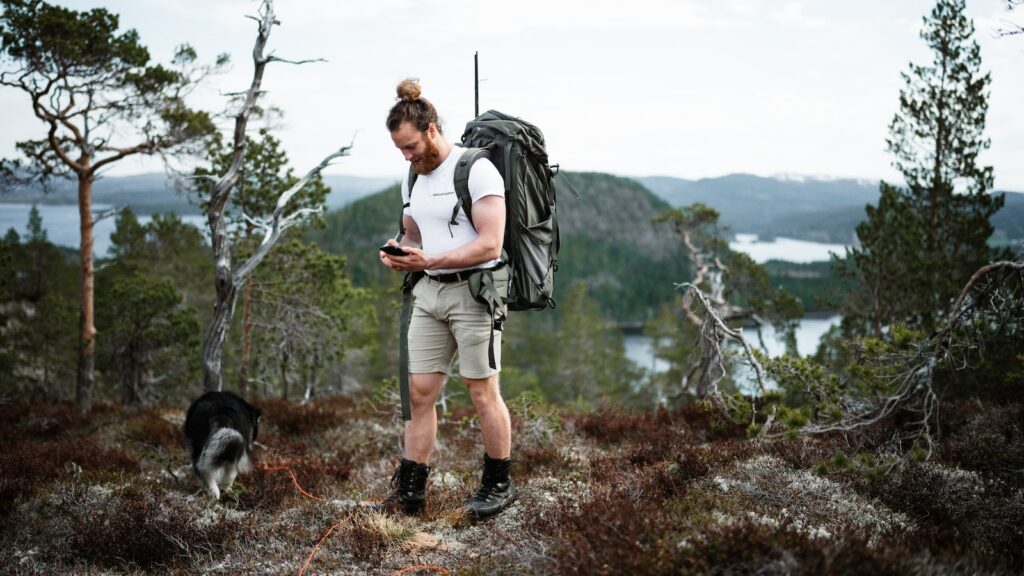
Be considerate of the environment and fellow hikers by cleaning up after your dog on the trails. Utilize pet waste bags and dispose of them in trash bins or place pet waste at least 200 feet from the trail, water sources, or camping sites. 4 Some trails offer compostable bags for dog waste but it’s probably easier and more cost-effective to buy bags in advance at an animal retailer.
5. Take plenty of pet items for your hike
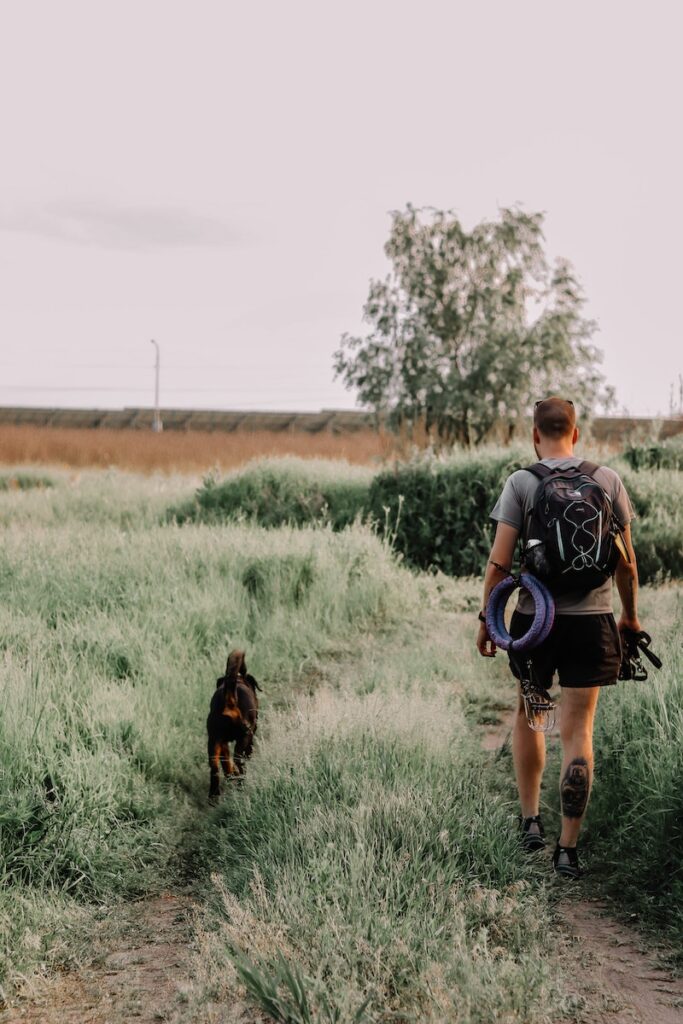
The goal may be to travel light however when you’re packing the hiking equipment for your dog, it’s best to have more rather than less. Here’s a list to bring along during your hike:
- Treats and food
- Water that is safe for drinking
- Food and water bowls that are collapsible, as well as water bottles
- Leashes
- Bags for waste disposal that are recyclable
- Pet first aid kit
- Pet insect repellent
- Booties and dog-proof clothing for protection


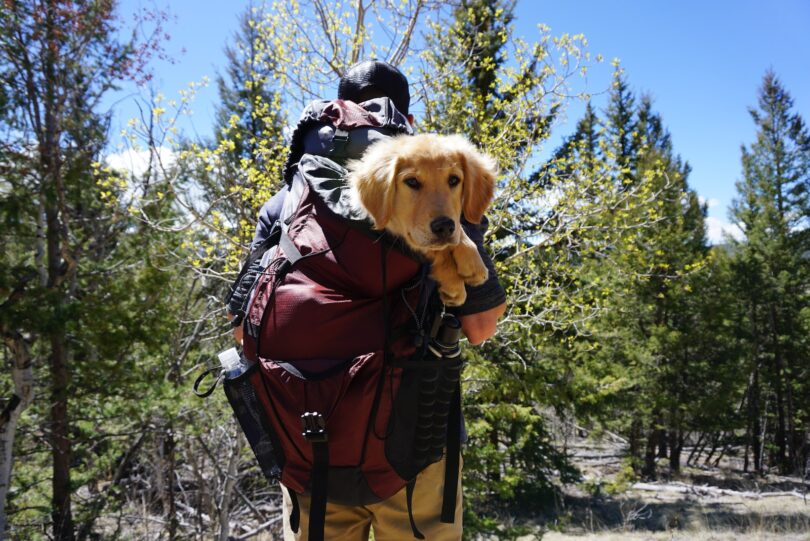






Leave a Comment